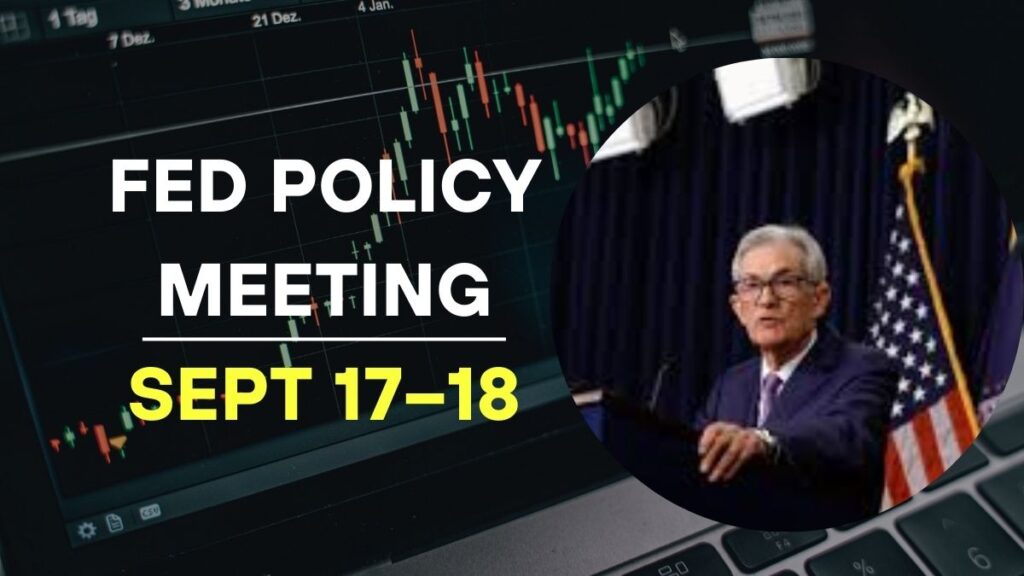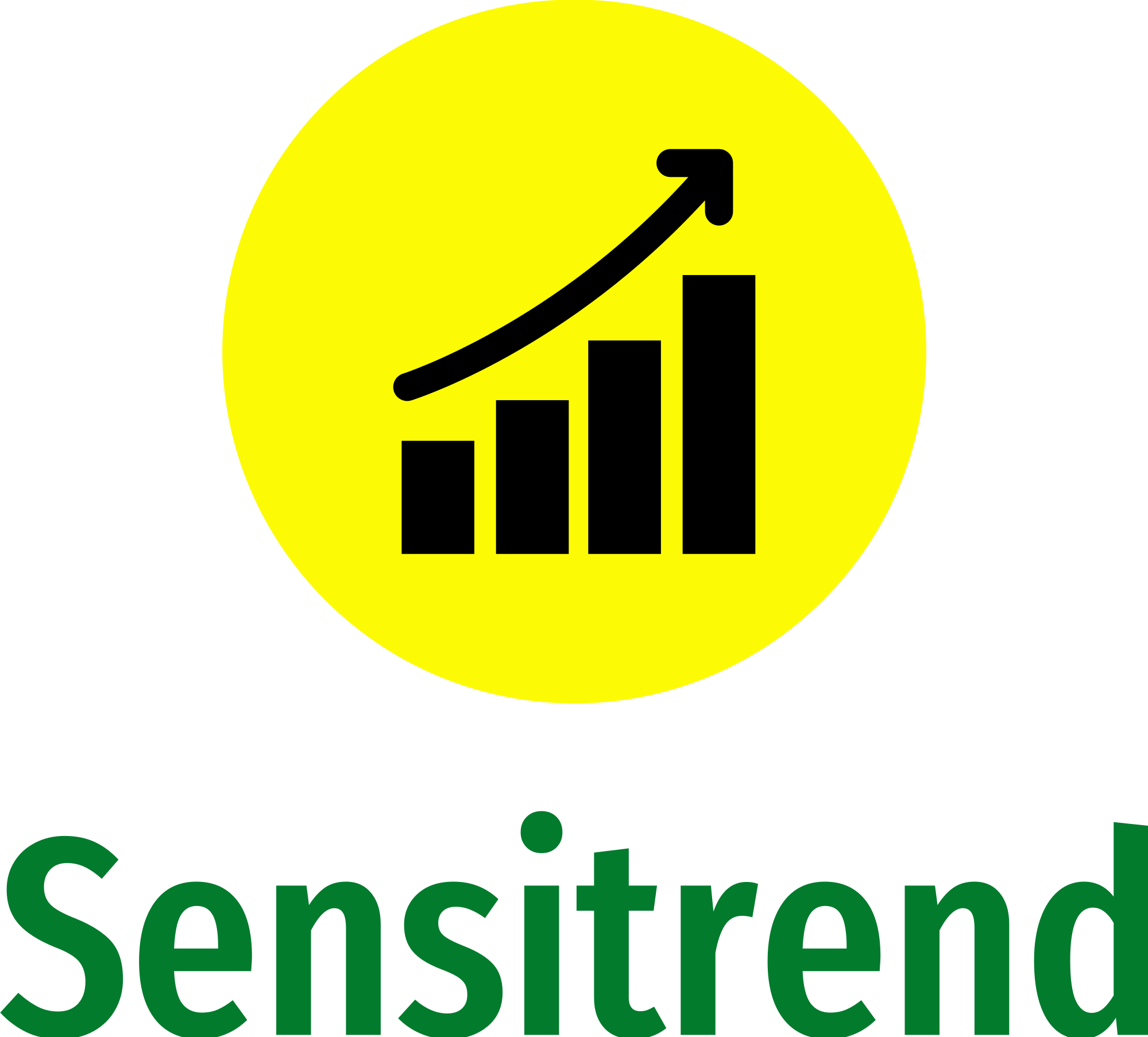The US job market is showing clear signs of slowing down. In August, the economy added 142,000 jobs, missing the predicted 164,000. This downward revision in job growth from previous months raises concerns about the country’s economic momentum.
Job Gains Miss Expectations
The job growth for August fell short of expectations, with only 142,000 new jobs added. The unemployment rate stayed steady at 4.2%, higher than the 3.8% rate from a year ago. The biggest job gains were in the construction and healthcare sectors. Construction added 34,000 jobs, much higher than its usual 19,000 monthly gain. Healthcare also added 31,000 jobs, but this was only about half of its average monthly increase.
Wage Growth Outpaces Inflation Concerns
Average hourly wages rose by 0.4% in August, bringing the average pay to $35.21 per hour. This marks a 3.8% increase over the past year. While higher wages are good news for workers, they also raise concerns about inflation. Rising wages may prompt the Federal Reserve to continue raising interest rates to control inflation.
Participation Rate Stable
The labor force participation rate remained unchanged at 62.7%. This stability indicates that the number of available workers has remained mostly unchanged over the past year. It’s a sign that hiring trends may stay consistent, but businesses could struggle to find enough workers in certain industries.
Manufacturing Decline Continues
In August, the manufacturing sector lost 24,000 jobs, primarily due to a drop in durable goods production. This decline follows the sector’s year-long trend of minimal growth. Manufacturing has traditionally played a key role in the U.S. economy, but factors like automation and outsourcing have slowed its recovery in recent years.
Downward Revisions Point to a Weaker Market
The government revised the job numbers for June and July, revealing the job market was weaker than initially reported. June’s job gains were adjusted downward from 179,000 to 118,000, and July’s dropped from 114,000 to 89,000. These changes suggest the economy might be slowing more than expected.
What It Means for Investors
The slowdown in job growth and the downward revisions may cause the Federal Reserve to rethink its approach to interest rates. If the job market keeps slowing, the Federal Reserve might pause its plans to raise interest rates. This uncertainty could cause increased fluctuations in both the stock and bond markets. Investors should watch closely for future reports and signals from the Fed.

Historically, periods of slower job growth have led to more cautious actions from the Fed. In the 1970s, for example, the Fed faced stagflation—a period of high inflation and stagnant job growth. While today’s conditions are not as severe, inflation remains a concern.
Conclusion
The August job report indicates that the U.S. job market is cooling down. While the economy is still adding jobs, it’s doing so more slowly. Rising wages and concerns about inflation suggest that the Federal Reserve might face difficult choices soon. Both investors and workers should be ready for a potentially slower economy in the months ahead.




